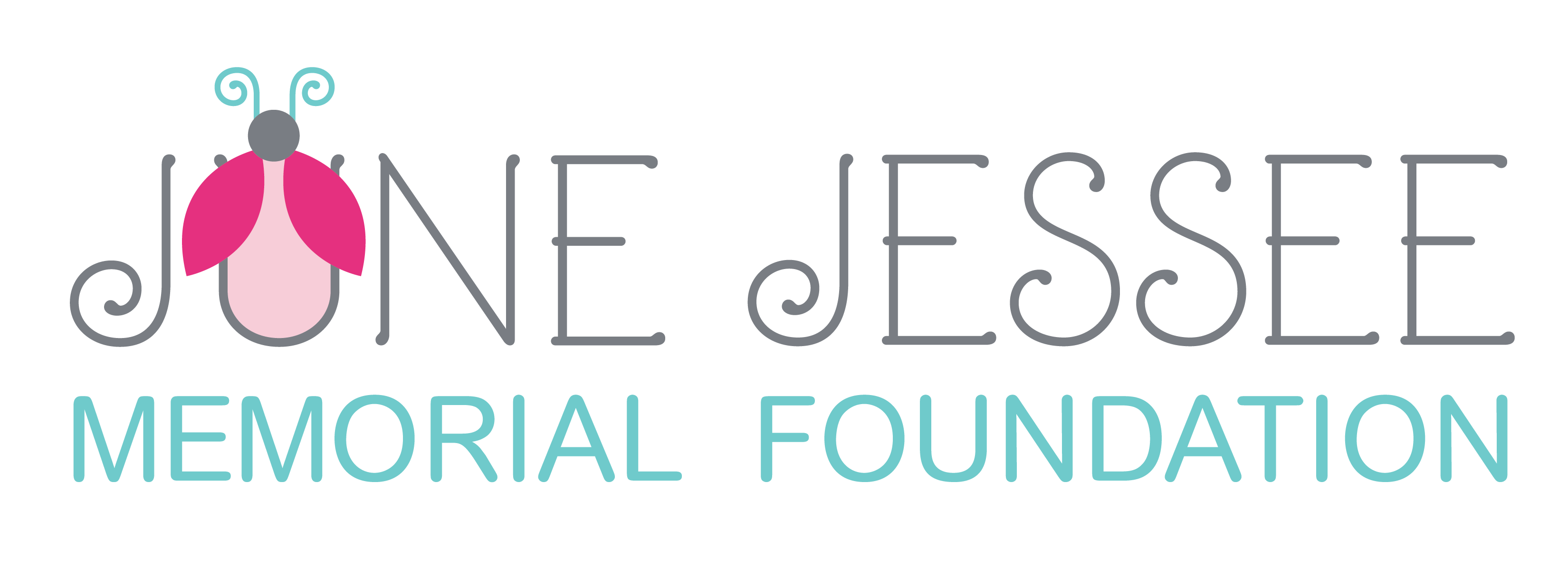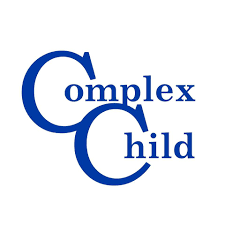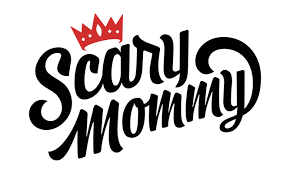Therapy Helped Me, and I Think It Will Help You, Too
About two years before I had June, I left a career in public relations in Washington D.C. and moved back to St. Louis with Matt, where we both grew up. He was going to law school at night, and I decided to pursue a Master’s Degree in counseling. I wanted to work with children and families going through a divorce. My parents divorced when I was twelve, and I really struggled with it and the blended family dynamics that followed. During my first course in graduate school, Personal and Professional Development in Counseling, we were required to participate in counseling with a practicum student a few years ahead. “Every good therapist sees a therapist,” my instructor said. “You need to get yourself and your issues out of the way so you can help someone who is coming to you for support.”
In those sessions with the practicum student, I realized there was a lot there that I needed to examine before I could begin to help others. So, I found my own fully licensed and experienced therapist. I wasn’t a stranger to therapy, but it had been some time since I saw one. When I arrived at my first appointment, I thought, I’ll be here for about six months, a year tops, I’ll get these issues resolved and be on my way. Ten years later, I still see her regularly.
Looking back, it feels serendipitous that I was armed with a therapist while I was pregnant with June and as we received one complicated diagnosis after another. Just when we thought it couldn’t get worse, it did. And once we adjusted to our new norm, we received another blow of difficult news. Any work I had done for healing past hurts quickly shifted to coping with the unknowns with June and caregiver stress. From that point on, June and my grief was the focus of our therapy sessions.
When June was just a few days old, I reached out to my therapist and left a message asking if she could call me. We weren’t planning another therapy session for a while, but I needed to talk to her. June didn’t pass the newborn hearing screening at the hospital – the first sign that something might be amiss, and I was so anxious. I didn’t know who else to call. If we told our parents, siblings, and friends, it would be more real. I wasn’t sure I could handle other people’s reactions. Would they make me feel better or worse? It was hard to know.
June was sleeping upstairs in some type of baby contraption, probably the bouncy seat, and I snuck away to the basement. I sat in a brown recliner with my phone on the side table beside me and waited for my therapist to call. The previous owners set up a movie theatre-style projector, and I was staring at a blank screen, lost in my own ruminating thought cycles. My phone rang, I turned and saw her number on the screen, and I picked it up right away.
“Hello?”
“Hi, Genny. How are you?” My therapist said in a cheerful voice but also kind of cautious. I’m sure she could sense my desperation in my message.
“I’m okay,” I said, then I stopped. We are so trained to say we are okay when we are far from it. Who was I kidding? “Well, I’m not, actually. I’m terrible.” Tears welled in my eyes. “June might not be able to hear.” Then, I just started sobbing. Saying it to someone else did make it feel real, and it was a lot on me. My therapist was quiet, but it was the perfect kind of silence: it invited more tears and more feelings. “I am so scared,” I said through sobs. “I can’t do this.” When I caught my breath, I slowed down, and I told her that June didn’t pass the newborn hearing screening, but I wouldn’t know more for a month. “I don’t think I can wait that long… like, I really don’t think I can. The not knowing is driving me insane.” It was so difficult to patiently wait, knowing that we were at a big fork in the road in our lives… except unlike the Robert Frost poem, we didn’t get to choose what path we took. And I certainly didn’t want to choose the path less traveled on.
Looking back, what I wanted from my therapist was for her to tell me that everything would be alright. I wanted her to reassure me that this happened all the time and that June would be okay; we’d look back on this and laugh. I wanted to hear that this happened to her children and all was fine. She couldn’t do that, though. But what she gave me was so much more powerful. In my journal, I wrote down these coping statements from our call:
I don’t like waiting; this is hard for me.
I can do it, but I don’t like it.
I can handle not knowing, but I would really like to know.
This is not my choice, I’d rather have clarity.
I will handle it even though it’s rough.
Probably June can hear, and if she can’t, I’ll have plenty of time to figure out what caused it.
I will let myself think about this, but I don’t have to think about this right now.
Looking at these now – almost nine years later – they seem so simple, but they were foreign to me at the time. I had never before experienced giving myself validating yet empowering self-talk as a coping mechanism. It was the beginning of a new chapter for me and my mental health. These became my mantras over the next five weeks. Anytime a worry came into my head, I said to myself, “I do not have to think about this right now.” My therapist also stressed focusing on problems I could solve. Turning my energy towards solvable problems was more empowering. So, I found a lactation consultant to figure out how to make breastfeeding more comfortable. I began weighing the pros and cons of waking or not waking June to eat at night. I chose not to wake because June was a very healthy weight at birth. Given what was to come with seizures and sleepless nights, I’m glad we chose to let her sleep.
I share this story because I feel fortunate that I had a therapist in those early days home with June. I felt trapped in my worry and fear, not to mention the normal postpartum hormones that any mother feels coupled with the sleepless nights. Being alone with your newborn in the middle of the night with your very real worries is scary. My therapist listened to me in a way that I had never experienced before. She shared a loss of her own that I hadn’t known about either until June, so I felt she could understand my grief. She let me cry without trying to fix it, make a connection for me, or provide me with a resource. It is powerful to sit in a room with someone when they don’t try to stop your tears; she allowed them.
I learned that Matt and I grieve in our own ways, which doesn’t mean we don’t care about the other. We just need different support at times. I may want to talk about June’s health all the time, and he may want to not talk about it when I do. Some people are better at compartmentalizing than others. And that’s okay. I just needed to find other people to talk to in addition to him. For the first time in my life, when hardship came on, I didn’t hide from it, bury it, mask it, or pretend it wasn’t happening. I faced it by feeling it and moving through it. And she was by my side while I did, which made it a lot less scary.
Approximately 75% of rare disease caregivers characterize their care burden as ‘high’ and sacrifice much, including often their employment and financial stability, social life and relationships, and their own health.¹ When I first read this statistic, my initial thought was, well, duh. And my second thought was, who are the other 25 percent, and what is their secret? I suspect if this question was directed toward medically complex caregivers, the percentage would be even higher, if not 100%. When creating the June Jessee Memorial Foundation after June died, Matt and I wanted it to be a resource we wished we had. We also wanted to ensure that the essential services we utilized were accessible to all parents walking down this uncertain path. I can’t imagine what it would have been like had I not had that support from my therapist. So, when I learned of another organization that funded mental health services for parents in a different capacity at St. Louis Children’s Hospital, I asked if JJMF could create a similar position for parents with children on the neurology floor. Their response was absolutely positive, and in 2019 Katherine Aravamudan joined the neurology team at St. Louis Children’s Hospital to work specifically with parents whose children were both inpatient and outpatient.
It’s funny because I initially thought the financial assistance aspect of JJMF would be the most impactful, and it is a tremendous support. Still, I can feel the difference in the community from having this support from Katherine. Through her work she has found that one in three caregivers in the Neurology unit experience a clinical level of anxiety and/or depression symptoms, and by funding her position, JJMF has funded mental health therapy sessions for 258 parents and caregivers. One mom told me that having Katherine’s support was life-changing for her as she cares for her son. This is the sort of impact June would want us to make in her honor. I just know it.
In my therapy sessions now, I am finally getting back to working through some things I initially saw my therapist for 10 years ago that had to be placed on the back burner. Those issues seem simpler to deal with now, though, since I have many healthy coping tools I mastered while caring for June. I also work a lot on how I cope with PTSD. This experience of parenting a child like June and then losing her changes you. For example, the logical reasoning of something scary being unlikely to happen doesn’t really calm me since we’ve been on the wrong end of statistics before. I can be an anxious parent with my healthy children, understandably, and I am working through that challenge. It’s a process, and I’m doing the best I can each day to be with it and move through it.
For more information on how you can utilize therapy to care for yourself while caring for your child and tips on how to find a therapist, please watch, read or listen to my interview with licensed counselor Katherine Aravamudan here.
¹Rare Diseases International. Rare Diseases: Leaving no one behind in universal health coverage; Position Paper. June 2020.
Photo: Kate Hargis







